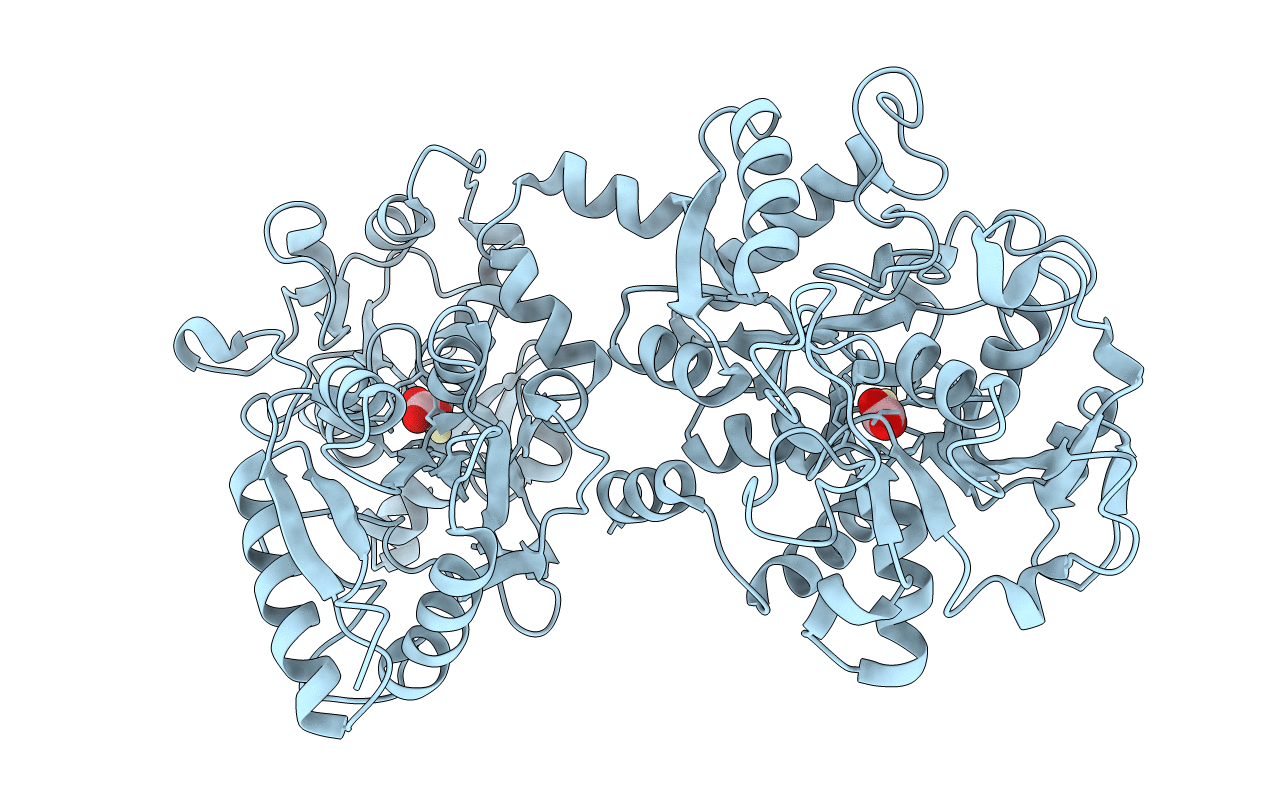
Deposition Date
2000-07-18
Release Date
2001-01-17
Last Version Date
2024-11-06
Method Details:
Experimental Method:
Resolution:
2.20 Å
R-Value Free:
0.25
R-Value Work:
0.20
Space Group:
P 21 21 21


